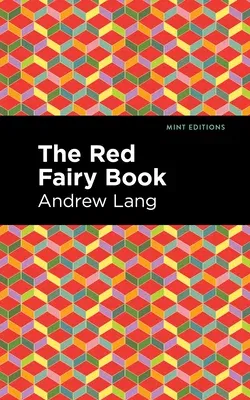The Red Fairy Book (1890) is a collection of fairy tales by Scottish
folklorist Andrew Lang. Published in time for Christmas, The Red Fairy
Book was the second volume out of 25 in the Lang's Fairy Books
series, compiled, written, and edited by Lang and his wife, Leonora
Blanche Alleyne. Using such sources as the Brothers Grimm and Madame
d'Aulnoy, they selected culturally significant stories from all over
Europe, crafting carefully organized and beautifully illustrated
compilations featuring beloved Russian, French, Scottish, Norse, and
Danish myths and legends. In "The Twelve Dancing Princesses," a classic
German tale, a powerful king locks his twelve beautiful daughters in
their room at night only to discover their shoes worn down each morning.
Confused and unused to disobedience, he promises his kingdom and his
daughters to the first man who manages to discover the secret of their
nightly endeavors. "Soria Moria Castle" is a Norwegian fairy tale that
follows a young boy who goes to sea with an adventurous captain. Blown
off course, they discover a mysterious castle guarded by a monstrous,
three-headed troll. Warned by the princess, the young Halvor swears to
face down the beast in order to free her and her kingdom. "The True
History of Little Goldenhood" is a retelling of the classic Italian
story of Little Red Riding Hood, a young girl who falls prey to a
devious, hungry wolf. The Red Fairy Book compiles over three dozen
stories from across Europe and remains an essential resource for amateur
and professional folklorists to this day. With a beautifully designed
cover and professionally typeset manuscript, this edition of Andrew
Lang's The Red Fairy Book is a classic work of folklore reimagined for
modern readers.


